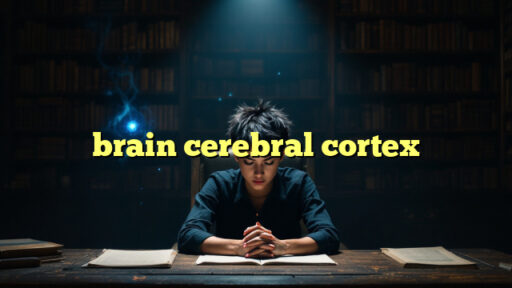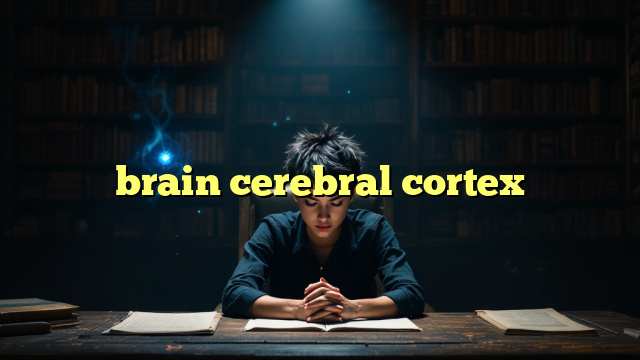The cerebral cortex is the outermost layer of the brain and plays a key role in memory, attention, perception, cognition, awareness, thought, language, and consciousness. It is made up of four lobes: the frontal lobe, parietal lobe, temporal lobe, and occipital lobe.
Frontal Lobe
The frontal lobe is located at the front of the brain and is responsible for voluntary movement, decision making, problem solving, and planning. It also plays a role in emotional regulation and personality.
Parietal Lobe
The parietal lobe is located at the top of the brain and is involved in processing sensory information from the body, such as touch, temperature, and pain. It also helps with spatial perception and navigation.
Temporal Lobe
The temporal lobe is located on the sides of the brain and is responsible for processing auditory information, language comprehension, and memory formation. It also plays a role in emotional responses and object recognition.
Occipital Lobe
The occipital lobe is located at the back of the brain and is primarily responsible for processing visual information from the eyes. It helps with visual perception, color recognition, and motion detection.
Conclusion
The cerebral cortex is a vital part of the brain that controls many important functions. Understanding the different lobes and their functions can help us appreciate the complexity of the human brain and how it enables us to interact with the world around us.
FAQs
What happens if the cerebral cortex is damaged?
If the cerebral cortex is damaged, it can lead to a variety of cognitive and behavioral impairments, depending on the location and extent of the damage. This can include difficulties with memory, language, attention, motor skills, and emotional regulation.
Can the cerebral cortex regenerate after injury?
While the brain has some capacity for neuroplasticity, which allows it to reorganize and adapt after injury, the cerebral cortex itself does not regenerate like other tissues in the body. However, rehabilitation and therapy can help improve function and quality of life after brain injury.
How can I keep my cerebral cortex healthy?
Maintaining a healthy lifestyle that includes regular exercise, a balanced diet, adequate sleep, and mental stimulation can help support brain health, including the cerebral cortex. Avoiding smoking, excessive alcohol consumption, and head injuries can also reduce the risk of cognitive decline and brain damage.
Unlock Your Mental Potential




